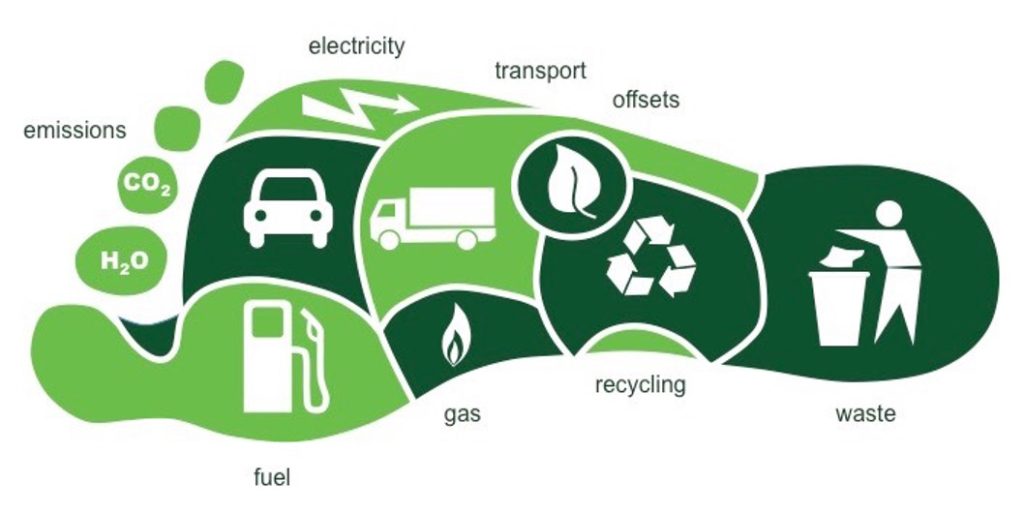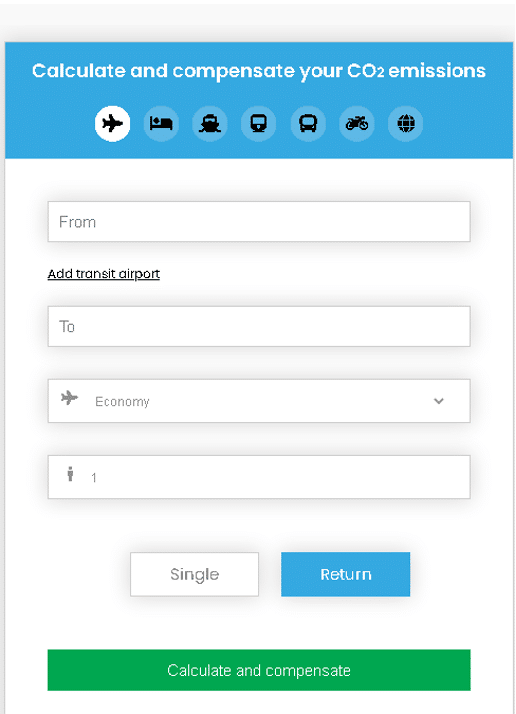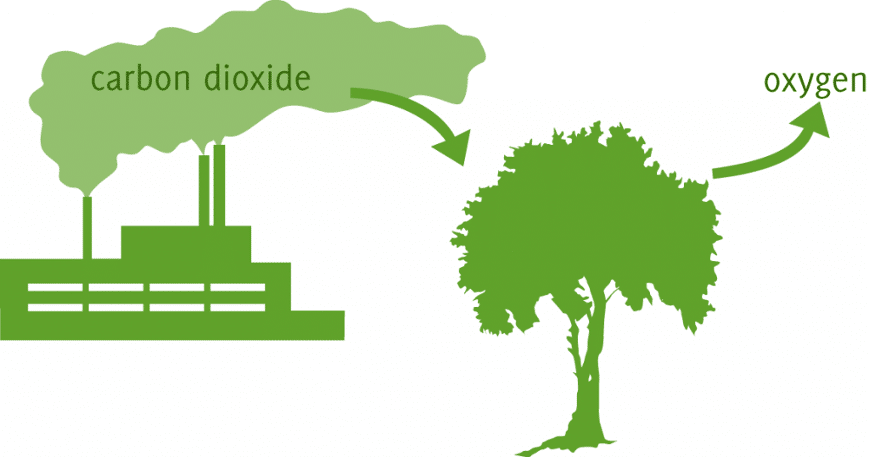We live in an amazing planet, and want to do all we can to protect it. The global tourism sector produces about 8% of global greenhouse gas emissions and this includes the entire supply chain of tourism: transportation, accommodation, food and beverages, souvenirs, clothing, cosmetics, and other goods. The amount of carbon emissions trapped in our atmosphere causes global warming, which causes climate change, symptoms of which include melting of the polar ice caps, the rising of sea levels, the disturbance of animals’ natural habitats, extreme weather events, and so many more negative side effects. This article outlines how to calculate the carbon footprint for a voyage in France, and few things that can be done to reduce this carbon footprint. A later article will be dedicated to offsetting carbon footprint as well.
A Carbon footprint is calculated as the amount of CO² equivalent of greenhouse gases that is emitted per person, or per activity. The carbon footprint concept is related to and grew out of the older idea of ecological footprint, a concept invented in the early 1990s by Canadian ecologist William Rees and Swiss-born regional planner Mathis Wackernagel at the University of British Columbia. An ecological footprint is the total area of land required to sustain an activity or population. Most of the time this is used on a national level, and used to perhaps compare the high carbon lifestyle of someone in the developed world, versus a person using few resources in the developing world. Some say BP created the idea of a Carbon Footprint calculator as a “successful, deceptive PR campaign”. At any rate it has become quite a common term since the mid-noughties. It is now well known, and accepted that greenhouse gases stay in the atmosphere for a few hundred to a few thousand years, and directly impacts the capacity of our planet to maintain a stable temperature and climate.

Greentripper is a simple carbon footprint calculator that relies on the Bilan Carbone © approach of ADEME, which stands for Agence de l’Environnement et de la Maîtrise de L’Energie, i.e. the Environment and Energy Management Agency in France. This semi-public organisation is recognized worldwide for their greenhouse gas emission calculation tool/method known by the name of Bilan Carbone ©. The ADEME is one of the pioneers for the calculation of greenhouse gases and the conversion into CO2 equivalent in accordance with the Global Warming Potential, i.e. the contribution to the greenhouse effect. Any calculator methodology attempts to strike a balance between ease of implementation and accuracy. This is a very simple calculator but the science behind it is solid. An overall calculation is based on accommodation emissions + air transport emissions + all terrestrial transport + activities like bus tours, + emissions emitted in the production and service of the Food + drink consumed. Perhaps we can reduce your existing.

An example
A typical vacation we would be asked to create would be for 2 people; 10 days, staying in hotels in 3-4 cities, and with either of rental car, trains or private driver. Many of our travelers come from long distance destinations like North America, and around 85% of their Carbon emission for the trip would be through their flight. A flight from Denver to Paris and back emits around 2830kg CO²e per person!
- Mostly Rental Car or Private driver
Let’s say that you would be doing 2000km of private driving (Paris – Lyon – Avignon – Paris) in this period your carbon calculation, and all other parameters were the same your carbon footprint in France would be around 607kg CO²e per person. - Trains
The same itinerary above but using TGV trains would be only 203.5kgCO²e per person.
This is all calculated as an average, and of course there are several nuances. Travelling first class emits more carbon per passenger because there are fewer seats taking the same space, and asking us to choose hotels which have a low carbon footprint, can drop it down further.
We will cover how to offset carbon emissions in an upcoming article.

We know so many small techniques about how to reduce your carbon footprint, and apply these where we can. We know that coming to France is often a once-in-a lifetime journey, so folks don’t want to limit their enjoyment. We know ways to make your travel stress free and low carbon (did you know a train journey from Paris to Lyon emits 1.3% of the CO² that the same journey by car would take?). See an upcoming article in this series about being a sustainable traveler.

Globally, nineteen of the last 20 years are now the warmest on record. Mass tourism has certainly contributed to this. There is now a shared responsibility to do something. As an agency, we have an ecological charter and we favour train travel and smart itineraries, instead of domestic flights and rental cars inside France, where possible. We want to attract travelers from outside Europe, but once they are here, we do the best that we can to reduce their carbon impact, all the while ensuring they see the best France has to offer. This article will be expanded upon in the following weeks.








